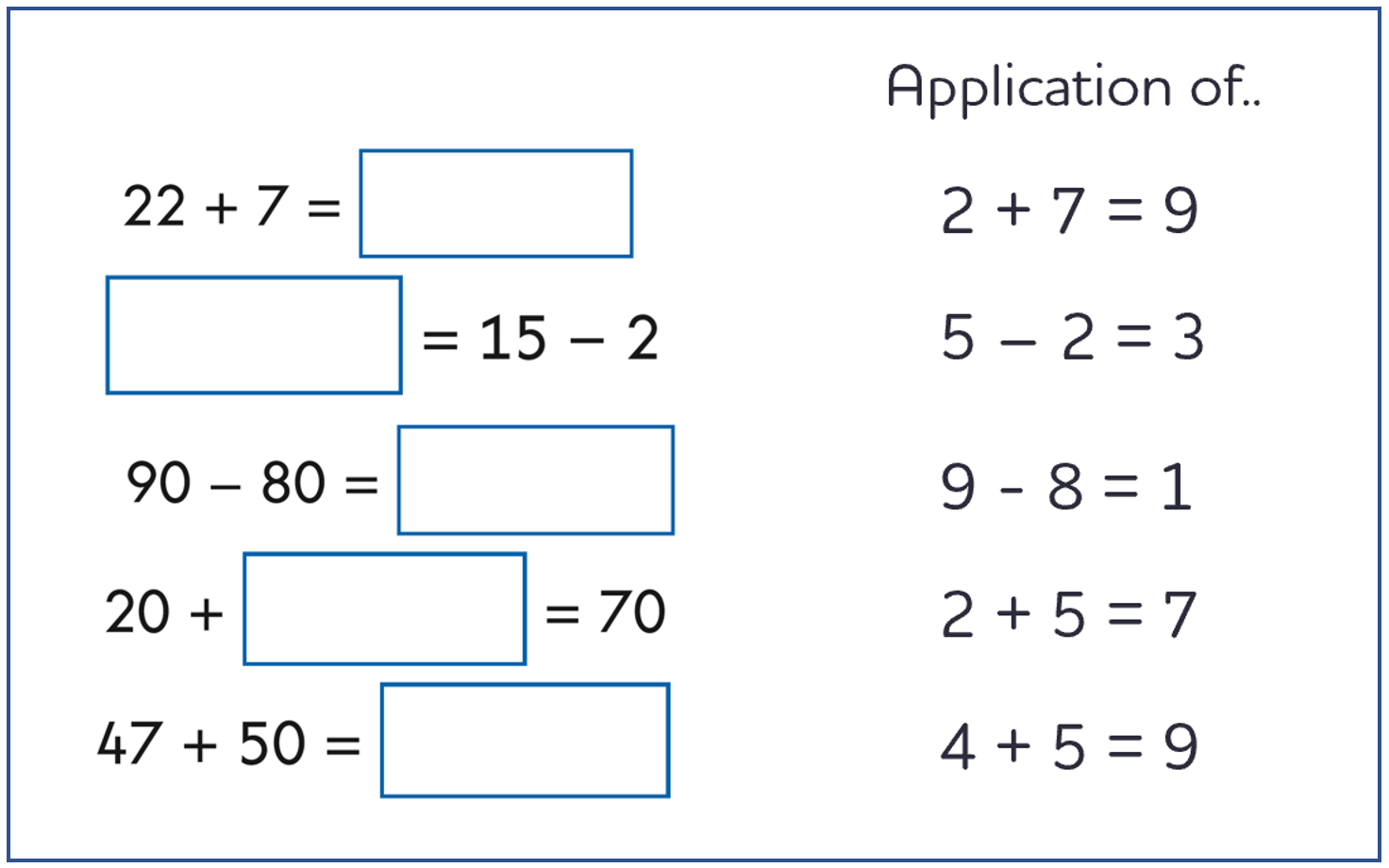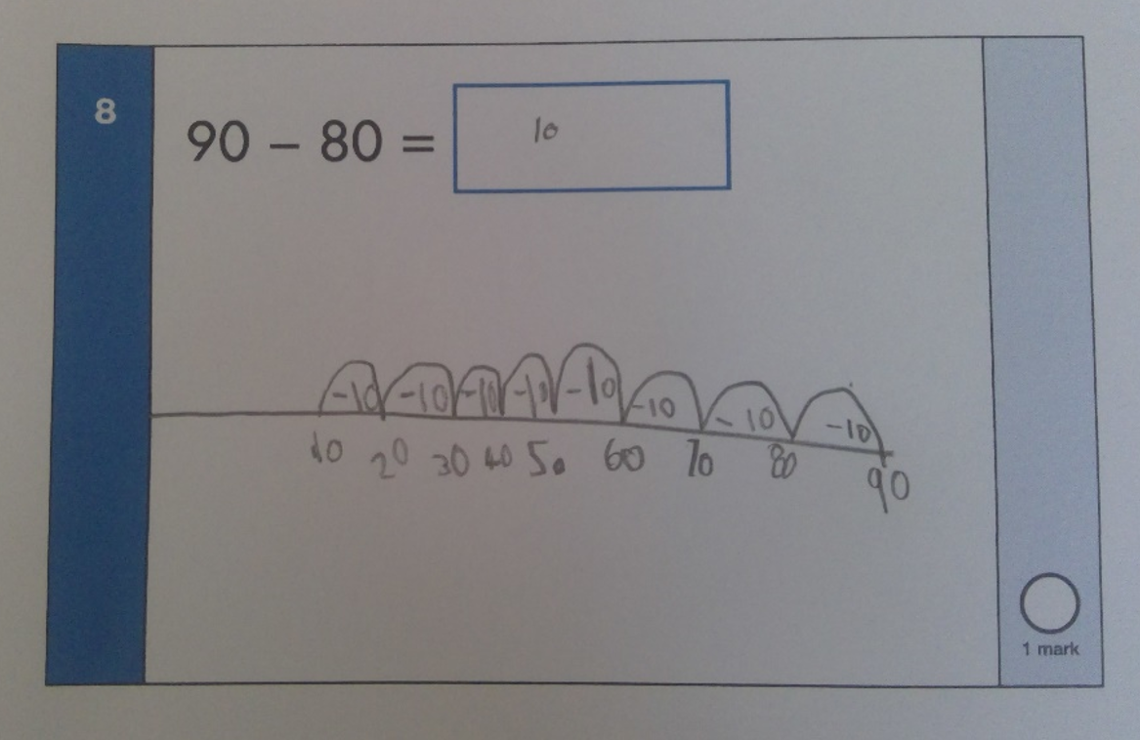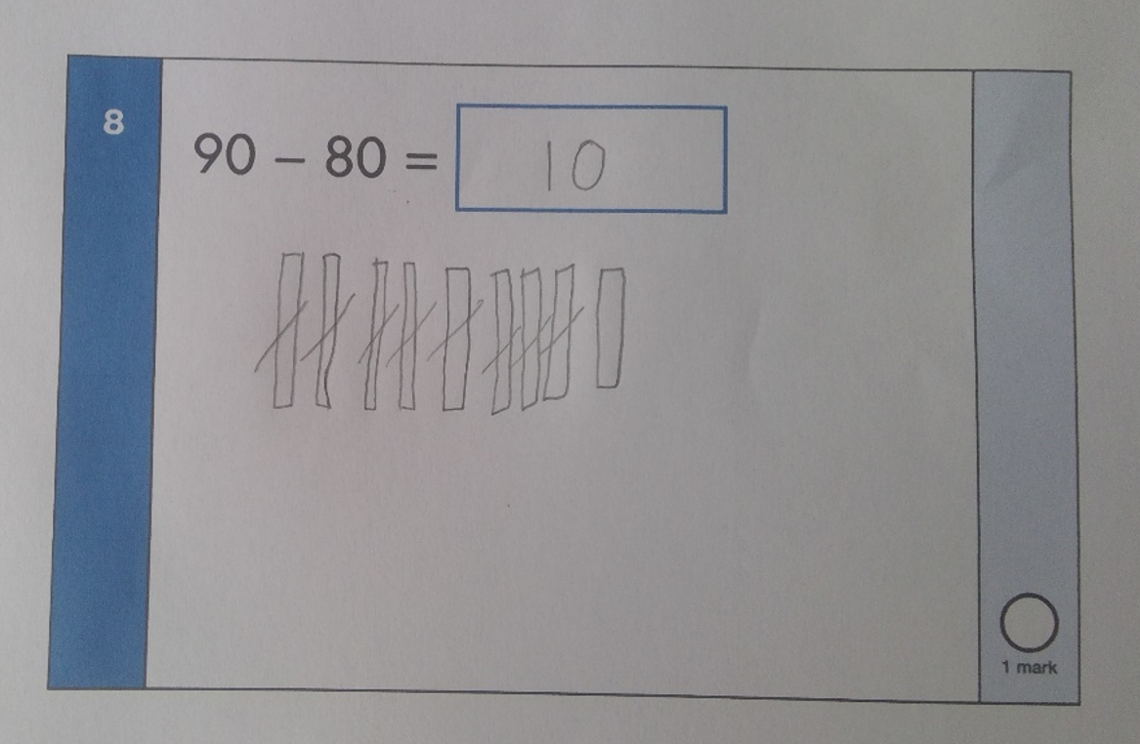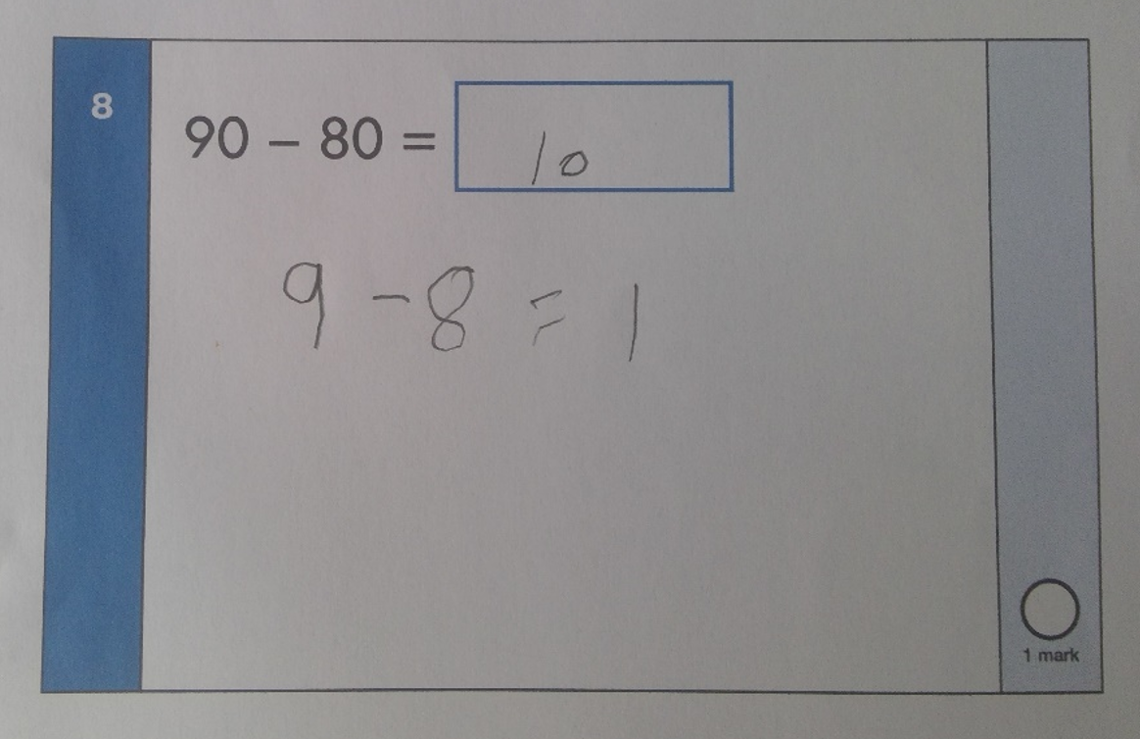Go slow to go fast. Why staying on calculating within 10 in Year 1 pays off in Year 2. (May 2020)
After a long break from school for most children, attention is turning from the ins and outs of distance learning to what a return to school will look like. One element of this is going to be deciding how to adapt the curriculum on the return to school-based education. Which objectives do we need to go back and cover? Which can be ‘deferred’ and rolled into next year’s teaching? There is a good argument, for example, that Year 3 fractions objectives should be picked up and covered when fractions is taught in Year 4.
We now know that Year 1 is likely to be one of the first year groups back. One objective that it is essential to dedicate time to is teaching these children to add and subtract within 10 fluently. After a break of 10 weeks or more, this focus for our current Year 1s will need to continue into the start of their time in Year 2 as well. There may be a temptation to move these children onto calculating with two-digit numbers as soon as they enter Year 2, but this is a mistake in the long run. Time taken for the rest of this year, and at the start of Year 2, to secure fluency in adding and subtracting within 10 will pay dividends through the year. Go slow to go fast, as we say.
Here is one of my favourite KS1 SATs questions for showing the impact of fluent adding and subtracting within 10 on calculating with two-digit numbers in Year 2. Have a look at the three answers below.
All of these answers would be accepted by moderators as evidence towards those children being able to subtract 2-digit numbers. And all three answers suggest a decent understanding of place value: all the children are working in units of 10, thinking about 90 as 9 tens, rather than thinking in ones. Yet they still show a totally different level of mastery of two-digit calculation, so what is that driven by? The third child appears to be the only one who has used knowledge of the fact that 9 - 8 = 1 to solve 90 – 80. The other two have had to ‘work out’ what happens when you subtract 8 tens from 9 tens. The first two children probably took a couple of minutes or so to draw their jottings and calculate an answer to this. For the third child though, the calculation was almost instantaneous, taking her just a few seconds.
It’s clear that while all would be deemed to be working at the expected standard for Year 2 and all appear to understand place value, the fact that the third child is fluent in addition facts within 10 has put her at a big advantage. With Number Sense Maths we’ve mapped every single addition and subtraction fact within 10, and identified strategies for children to solve them all. 9 – 8 is covered by our ‘Number Neighbours’ strategy, where children learn that next door number neighbours, like 9 and 8, have a difference of 1.
Once you start unpicking the end of KS1 calculation expectations, the impact of whether or not children are fluent in number facts within 10 becomes clear. Since 'new' SATs in 2016, around 17 out of the 25 arithmetic marks are simply application of within 10 calculations. Here are a few examples, and the root number facts on which they depend.
Going slow and taking the time for children to become fluent in these within 10 calculations makes life in Year 2 and beyond so much simpler for both children and teachers.

If may feel like a risky move after so long out of school but it is going to be so important for the children that their confidence is built up by working with small numbers and accessible concepts for as long as they need to, and the payback of doing this will come as the current Year 1 children progress through the school.
Fortune favours the brave.



